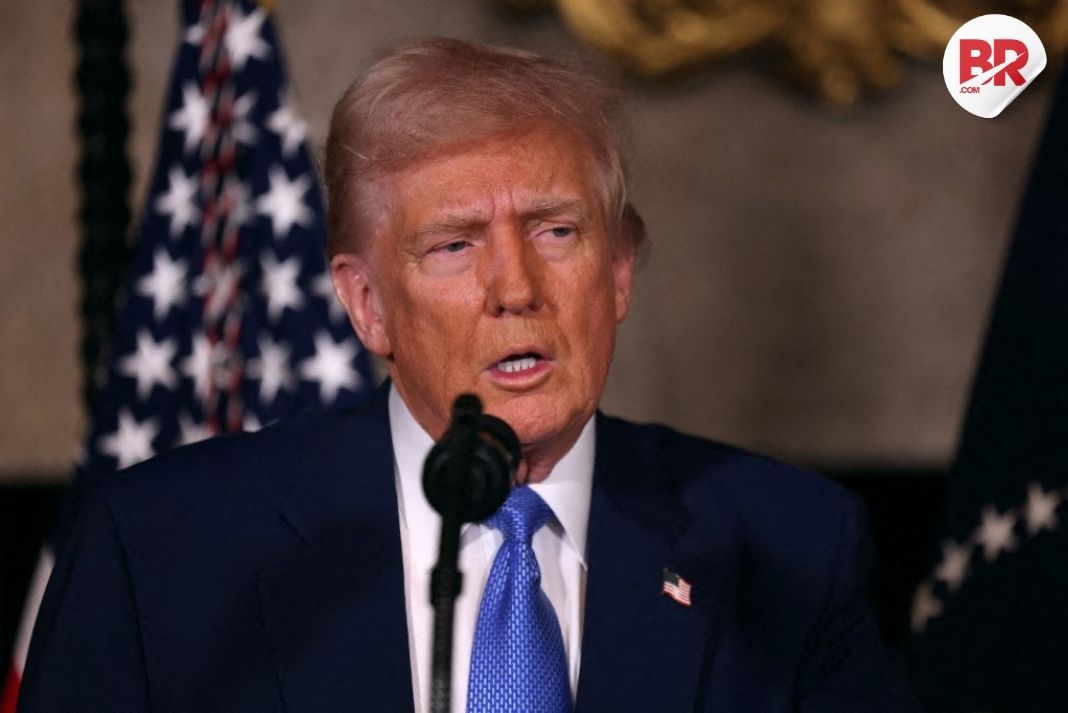
China is reaching out to other countries as the U.S. continues to add more tariffs, trying to form a united front to force Washington to back down. However, China’s effort has only had partial success, as many countries are not willing to support China against the U.S. President Trump recently gave most countries 90 days to negotiate better deals, saying that many nations are lining up to get better conditions. But China has refused to talk, saying the U.S. isn’t being honest, and that it will continue to fight in the tariff war until the end. In response, Trump has increased the tax rate on Chinese imports to 125%.
China, on the other hand, has retaliated by imposing tariffs on U.S. goods, now at 84%, which started on Thursday. Trump’s decision seems to aim at narrowing the ongoing trade war between the U.S. and many countries, focusing it mainly on the U.S. and China.

So far, China has focused its efforts on Europe. Recently, China’s Premier Li Qiang spoke with European Commission President Ursula von der Leyen, sending a positive message to the world. Both China and the EU are each other’s largest trading partners. China is willing to work with the EU to strengthen trade and investment ties. After that, China’s Commerce Minister Wang Wentao had a video call with EU’s Trade Commissioner Šefčović to talk about the U.S. tariffs. Wang criticized the U.S. for imposing these tariffs, saying they harm all countries and violate global trade rules.
Wang said China is ready to resolve issues through talks but will keep fighting if the U.S. does not change its approach. China has also reached out to other countries, including the 10-member ASEAN (Association of Southeast Asian Nations). Premier Li met with business leaders, emphasizing that China is ready to deal with any challenges and will introduce policies based on the situation’s needs.
However, not all countries want to align with China. Countries like Australia, which have had issues with Beijing in the past, are not interested. Australian Prime Minister Anthony Albanese stated that his country stands for free and fair trade but always defends its national interests. China had imposed trade restrictions on Australia in 2020 after the Australian government called for an independent inquiry into the COVID-19 pandemic. India has also reportedly turned down China’s offer for cooperation, and Russia, which is a close ally of China, is not affected by Trump’s tariffs.
Southeast Asian countries like Vietnam and Cambodia are in a tough spot. Many factories that moved from China to these countries because of rising costs are now affected by these tariffs, but they don’t have many other markets outside the U.S. and are already working with small profit margins.
Must Read: Digital Tariffs May Be Coming: What Happens After the WTO Ban Ends?
Trump had previously said he wouldn’t pause the tariffs, but negotiations will continue between the U.S. and individual countries. For now, tariffs on countries where negotiations were paused will stay at 10%.
This ongoing situation is a reminder of how U.S. tariffs are affecting global trade, especially between the U.S. and China.












